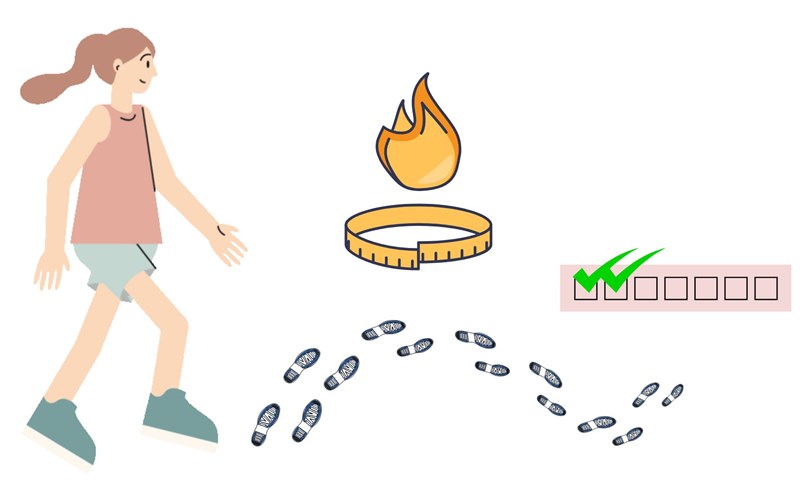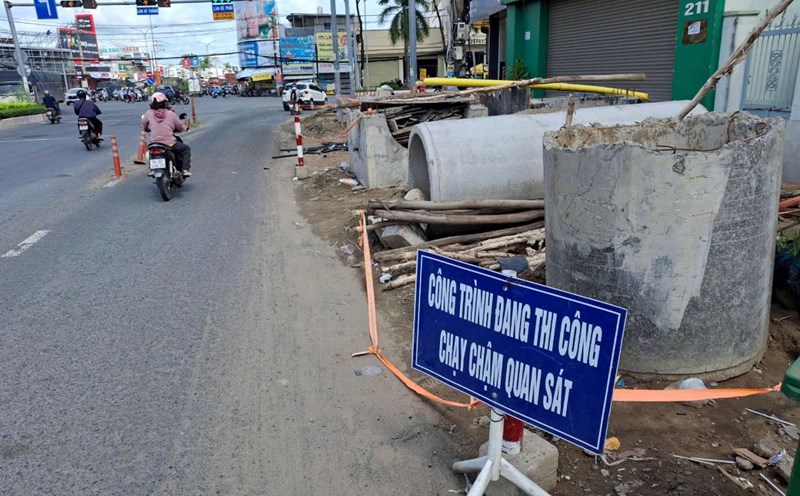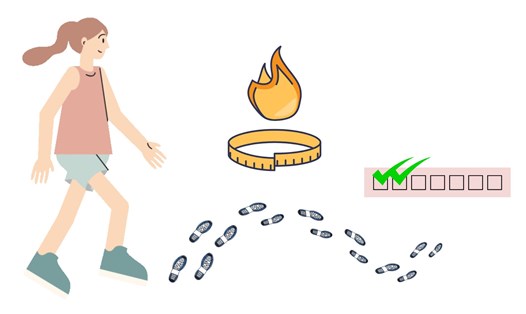fast walking
Brisk walking is not only good for the heart but also has significant benefits for bones. The force that affects bones during exercise is considered a factor stimulating the process of regeneration and maintaining bone density.
Walking uphill and uphill
Walking uphill and uphill not only helps increase speed and strength but also strengthens your bones, ligaments and tendons. Walking uphill helps strengthen the entire lower body, including the hamstrings, buttocks and calves, while also helping you develop firm coronary muscles.
climbing stairs
Climbing stairs activates the muscles in the lower body. Exercises help strengthen your legs, build endurance, and speed up your metabolism.
Everyday weight-bearing exercise such as climbing stairs can help maintain and reduce bone loss in older adults.
Walking with dumbbells
Incorporating hand and foot weights or light ankle weights is a way to improve daily walking ability and strengthen bone health. Regular strength training is essential for building bones and slowing bone loss.
intermittent fast and slow walking
Intermittent walking is a walking method that alternates between fast and slow steps. Intermittent exercise can improve cardiovascular health and improve muscle loss as you age. Intermittent walking also helps increase bone density in the hips and legs.











